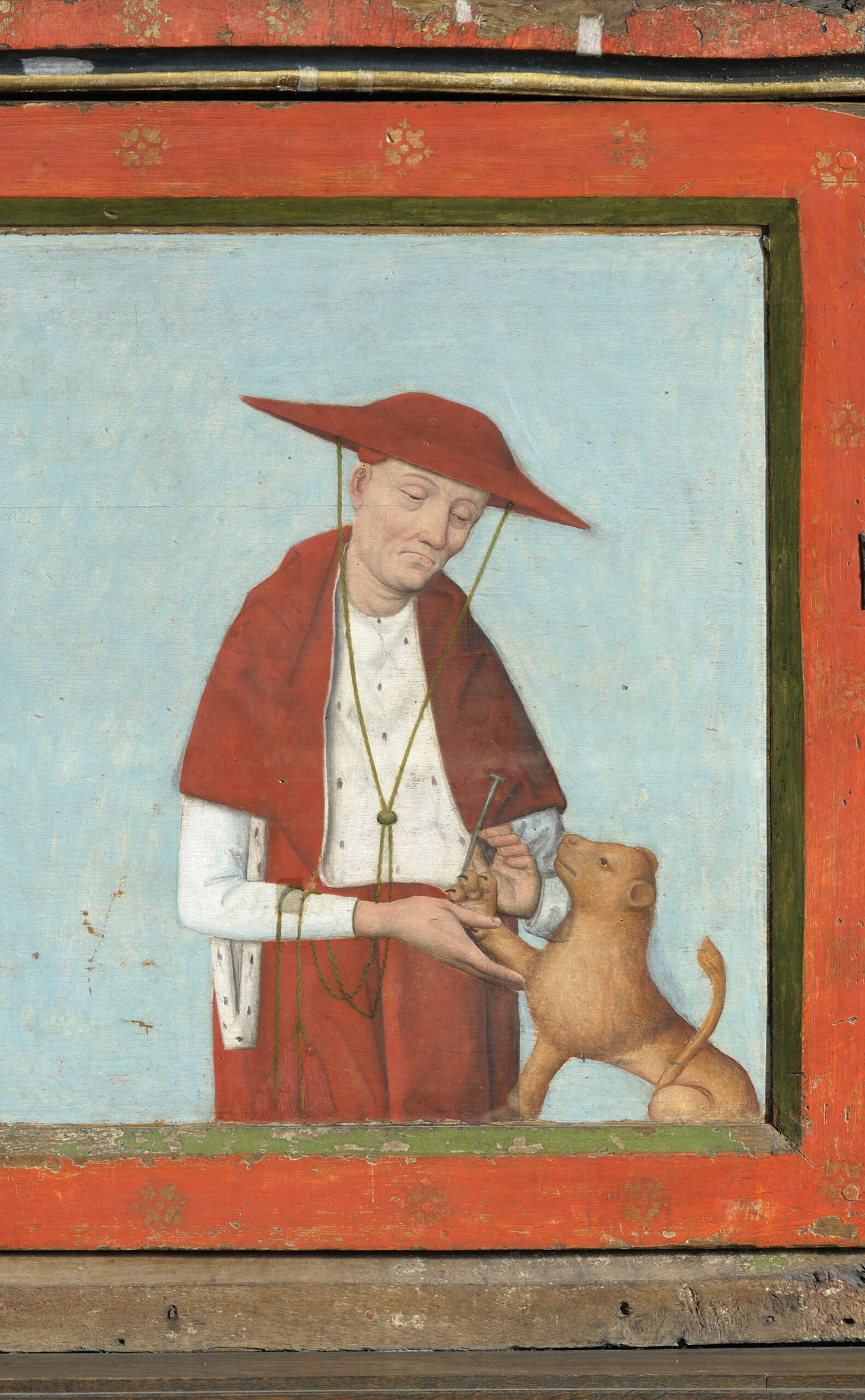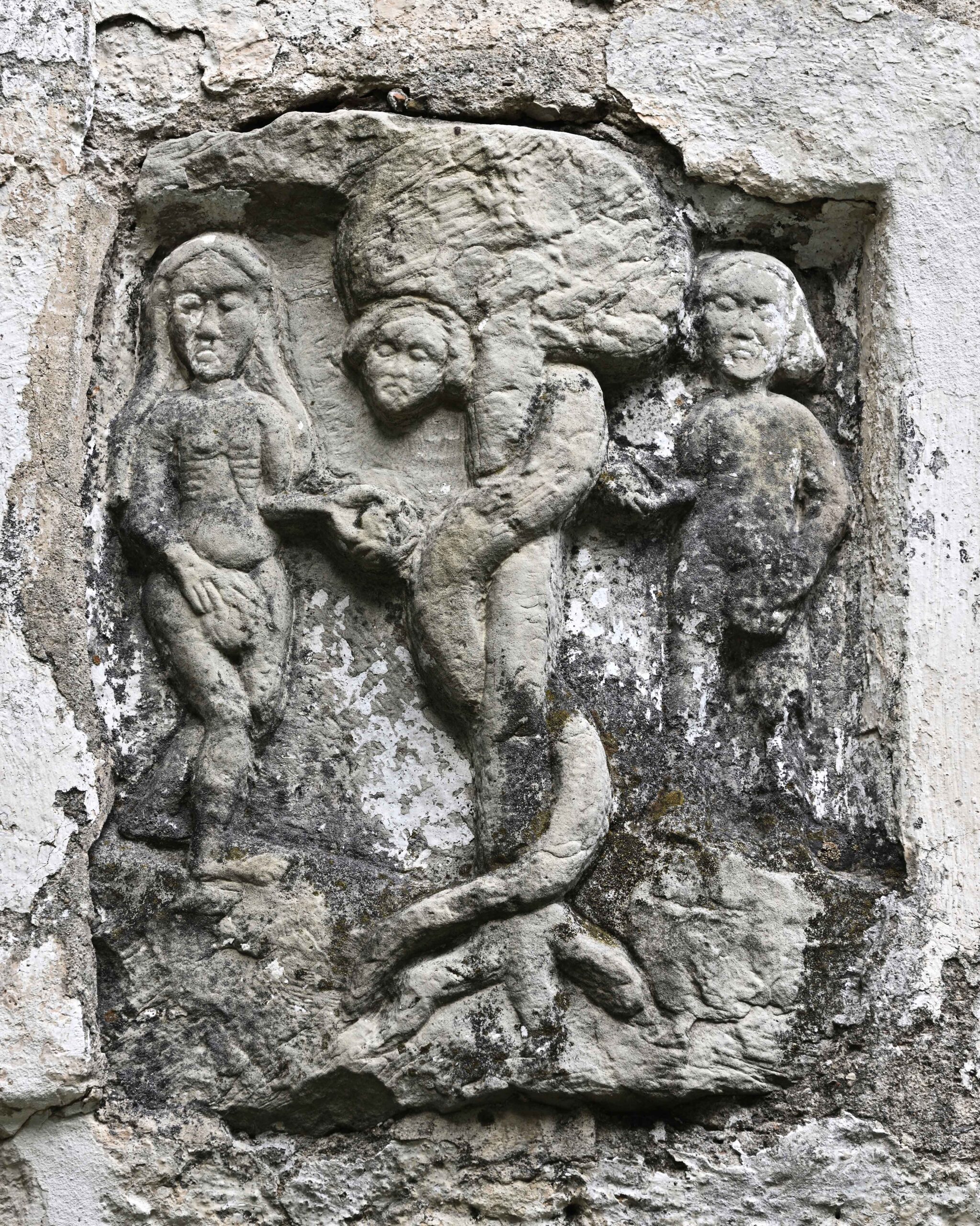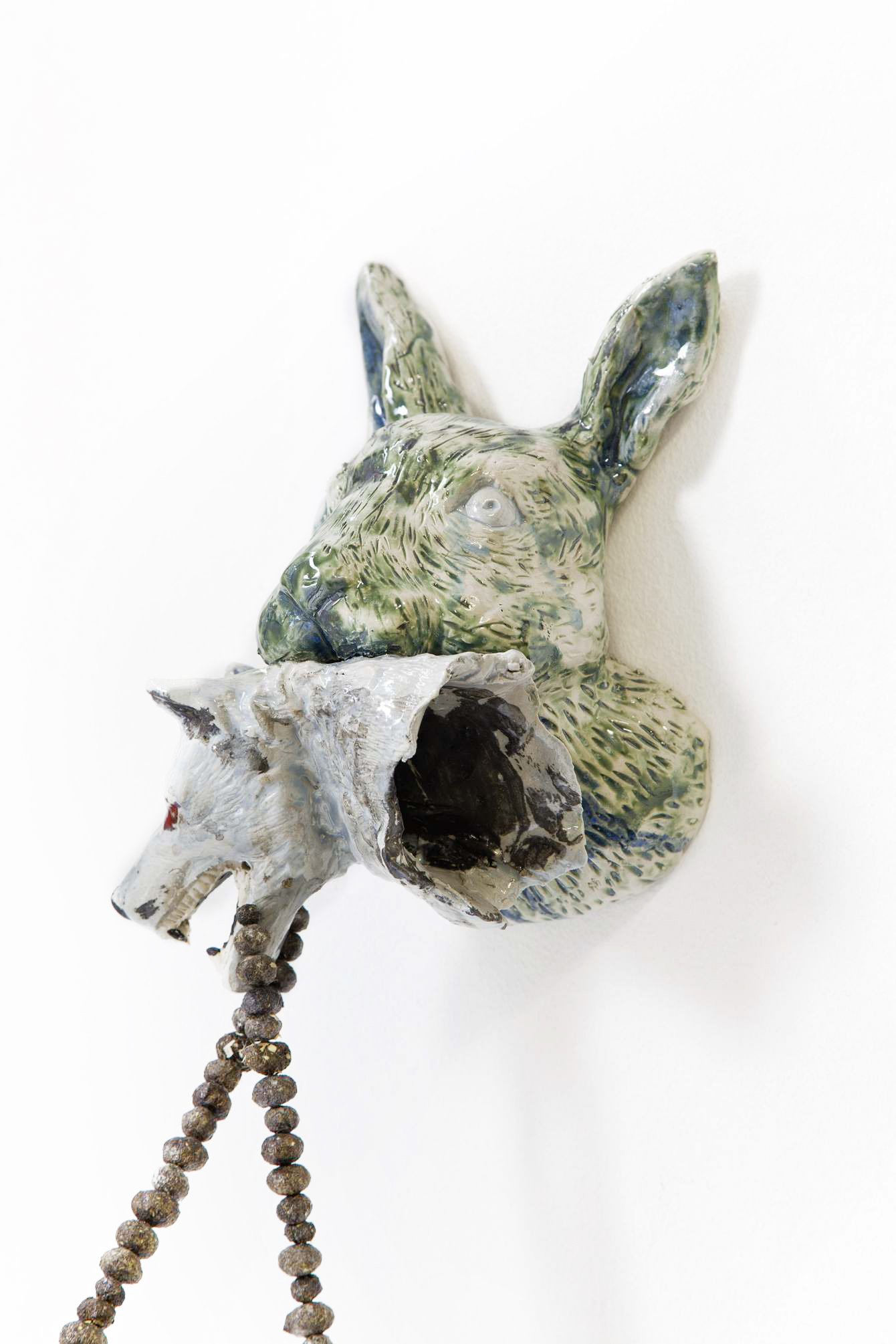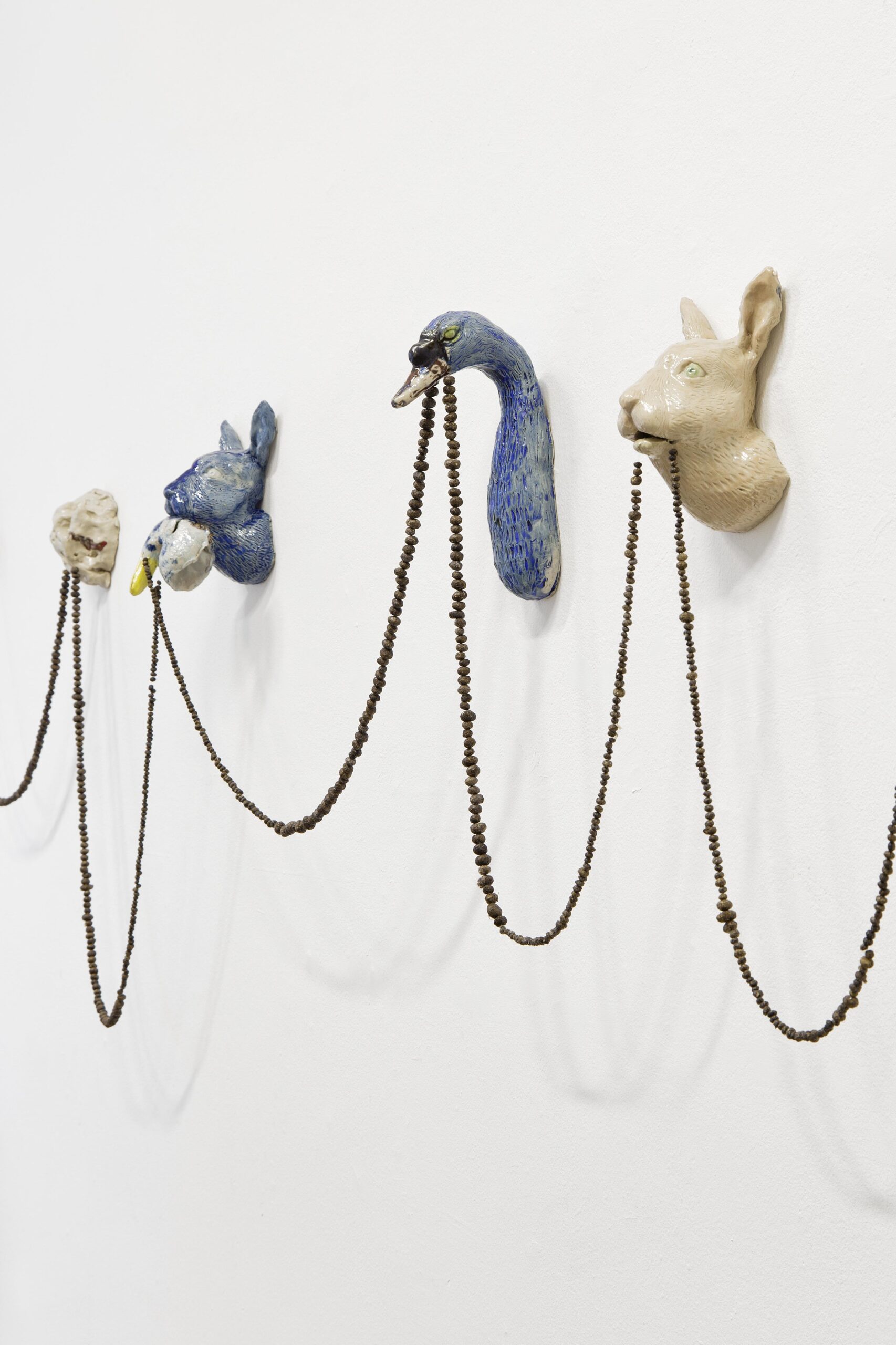
In recent years we can notice an ongoing fascination among contemporary artists with different creatures: human-animal hybrids, monsters, animals. Something definitely seems to be in the air, even if we start from the more obvious examples, such as the 59th International Art Exhibition in Venice titled The Milk of Dreams and curated by Cecilia Alemani, where the depiction of non-human forms varied from surrealist images to mythological beings and futuristic forms. However, here I would like to look at the region of the Eastern shore of the Baltic Sea and the works of two Estonian and one Polish artist to see how these artists have been depicting non-human creatures. How are they linked to historical visual culture or to contemporary ideas of the coexistence of species? And most importantly, what is their relationship to the Other, whether the fantastical creatures of faraway lands or hybrid visions of the future?

Fantastic vs real
Things might often seem blurry and hard to grasp when looking from the distance and with limited knowledge. In medieval and early modern Europe, knowledge about the area of modern day Estonia and the surrounding countries was relatively vague, based often on antique or medieval descriptions. Until the 17th century, maps depicting the territory of Estonia as we know it today were usually drawn somewhere else – mostly in Western or Southern Europe and full of misconceptions. This is probably the reason why at the end of 11th century, the German clergyman Adam of Bremen described Estonia as an island by the name of Aestland, where people ”worship dragons and birds to whom they sacrifice people.” Eight centuries later, in 1854, the German traveller Johann von Hahn described different types of human tails found in Albania, another remote outpost of Europe. The belief that monstrous races and fantastic creatures lived on the edges of the known world was rather widespread from medieval times to the modern period and creatures and phenomena we now know how to explain, were often considered fantastical. For example, the famous 13th century traveller Marco Polo described a unicorn, however, we can now almost certainly claim the creature he saw was a rhinoceros.
It would be easy to feel superior to the ancient travellers who witnessed fantastical creatures (including humans-hybrids) in faraway lands, such as Estonia or Albania. However, as the example of Marco Polo demonstrates, sometimes the fantastical creatures were, in fact, physically very real. At the same time, magical qualities were often attributed to known animals, such as dogs, lions or horses. In this sense, all known animals could also be considered magical or fantastical creatures. Anu Mänd, professor of art history at Tartu University writes about the depiction of animals and other creatures in medieval Livonia (the historical name of territory on present day Estonia and Latvia), where the images of non-human creatures had religious and allegorical meaning. The hybrid creature of a snake with a woman’s head, symbolising Satan, on the stone craving in Rauna church in Latvia tells the Christian story of original sin. The two lions in Padise monastery in northern Estonia were meant to be read as an allegory for the ongoing fight between virtue and evil.
Contemporary memento mori
Tallinn-based artist Edith Karlson has been working with the figures of animals, creatures and hybrid forms from the very beginning of her artistic career. Some of her works, such as Vox Populi (2016), an impressive installation of animal heads, connected with a chain of rabbit poop, evoke Christian iconography. Here, the animals represent human existence, a bit like contemporary memento mori, although the reminder of death is replaced by the reminder of human stupidity and absurdity. However, one could also draw parallels between Karlson’s world of weird creatures and strange animals with pre-Christian Estonian mythology. Estonia was Christianised in the 13th century, but many pagan beliefs have since existed alongside or merged with Christian tradition. Spirits and even diabolical creatures were living alongside people, sometimes they could be tricked by humans and deals could be made with them. Similarly, Edith Karlson has placed a huge dinosaur in the public urban space in Tallinn (Good Old Times, 2021) or brought ghostly human figures to a busy art fair, with snakes inside their bodies (Good, Bad, Ugly, 2021, made for Art Basel). Life alongside various supernatural creatures is not something overly romantic, neither is it horrible but rather mundane, a practical business with diabolical beings.


Imagining the future
Finding ways to exist alongside other species was not an uncommon topic even in the Christian medieval world: Anu Mänd describes how the Christian stories of saints preached cooperation between animals and humans. For example, Saint Jerome, depicted on the famous high altar retable in Niguliste church in Tallinn, is part of the well-known story where the saint healed a lion, after which the lion lived with him and other monks as their pet. However, these stories not only preached kindness towards animals but also often fixed the status of humans as superior to animals and enforced an attitude, where the role of the animal was to serve humans.

Contemporary post-humanism tries to overcome this notion of human superiority. Polish artist Wiktoria Walendzik creates uncanny, sensual compositions of humans and other creatures. A dark monstruous octopus sits in a bath covered in seashells, together with a human figure or, in another work, a giant horse swallows a tiny human, and in yet another, a female character sits on top of a pine-man. Her works flicker on the edge of erotica but also show the potential for empathy with the unknown. In the catalogue for the 59th International Art Exhibition The Milk of Dreams, Rosi Braidotti writes about the importance of including feminist thought in post-humanist theory: ”A sort of intergalactic Alliance of feminists and LGBTQ+ with aliens and monsters lies at the heart of the science fiction horror genre […]. It supports the composition of an assemblage between women and LGBTQ+ as the others of Man and the other others in the form of non-whites […], non-anthropomorphic organisms […] and so forth.” It brings forward possible alternative views of the world and shows empathy and compassion which goes further from human-centred thinking. Estonian artist Kadri-Liis Rääk has worked with possible visions of futuristic life forms. Rather than cold and machine-like, her works show these creatures as soft and touchable. At her exhibition Xarcadia in 2022 (Hiob Gallery, Tallinn) she furnished a possible home for a nameless creature in the future. The artist writes: ”An empathic creature, reliant and dependent on its surroundings is born, synthesising impulses from a lost world.”
In this way, imagining non-human creatures inhabiting the unknown territory of the future, is in some way similar to the medieval travellers who were describing unknown lands and the creatures they either found or imagined living there. Although the distance of the travellers was only limited by space, not time, the level of mystery was probably similar to today’s interpretations of the future. The difference might be, however, that these new imaginations could also include empathy towards the weird creatures inhabiting the faraway future, and not only cultivate fear and misunderstanding.
